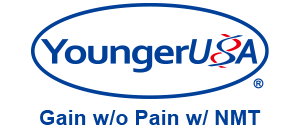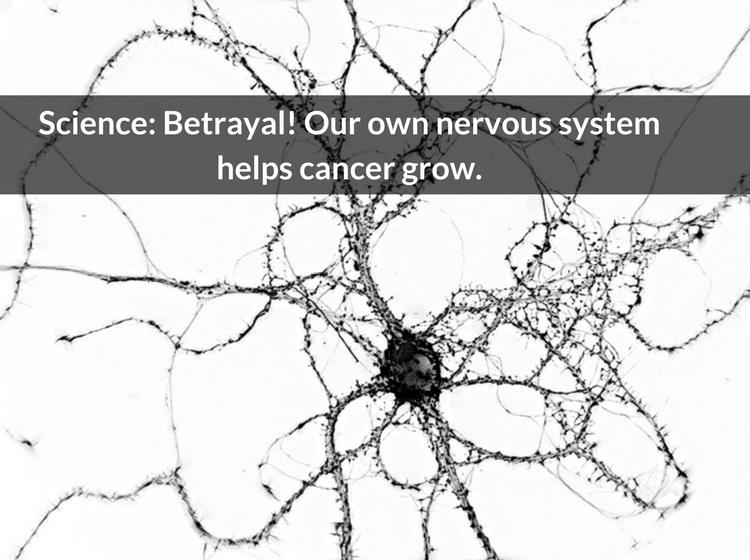Of all new cancer cases in the US, the third most common is prostate cancer. New research in Science this week revealed a deeper understanding of how our own nerves aid the progression of prostate cancer.
Now we need a drug or therapy to inhibit this pathway; this could be developed with the help of a technology that can measure Ca2+ and O2 fluxes in both nerves and tumor cells.
The Paper
Tumors often initiate angiogenesis, which is the growth of new blood vessels, to help them grow and spread. A paper was just published in Science, titled "Adrenergic nerves activate an angio-metabolic switch in prostate cancer" by Ali H. Zahalka and Paul S. Frenette of the Albert Einstein College of Medicine, who studied the mechanism of how angiogenesis is aided by our own nerves.
These researchers used a mouse model of prostate cancer to investigate angiogenesis. They found that nerves release norepinephrine which binds to receptors on endothelial cells, which line the blood vessels. This triggers a metabolic switch; the endothelial cells increase their use of glycolysis and begin to divide and form new blood vessels around the tumor.
To confirm this mechanism, they studied a new line of mice and turned off the gene that codes for the norepinephrine receptor in the endothelial cells. They saw that the cells in these new mice maintained a normal metabolism, and showed a decrease in angiogenesis, supporting their theory that norepinephrine was responsible.
The NMT Connection
Now that this pathway is better understood, a treatment can be developed that inhibits the nervous pathway to tumors and halts the growth of new blood vessels. NMT would be useful in many ways for continuing this research because it has been used to study both nerves and tumors before.
For example in 2009, Marc Gleichmann et al. used NMT to measure Ca2+ and O2 flux simultaneously in cortical neurons, to assess their response to glutamate stress.
Since NMT is non-invasive, one of its key strengths is the ability to accurately assess the physiological responses of cells in response to changes such as drugs or stressors. This is what makes it an excellent choice for testing the efficacy of a drug targeting the tumor and/or nerve cells involved in the progression of angiogenesis.
Thanks to the research of Frenette's team, we have a new understanding of how nerves interact with tumors to grow new blood vessels. For the next step, will someone identify a drug that can safely inhibit this pathway? What will the drug do to the tumor and nerve cells, what will their fluxes look like? Imagine the possibilities!
For more NMT connections, see NMT Publications: http://youngerusa.com/index.php/publications
References
Ali H. Zahalka, Paul S. Frenette, et al. Adrenergic nerves activate an angio-metabolic switch in prostate cancer. Science, 2017. 358(6361):321-326
Marc Gleichmann, et al. Simultaneous single neuron recording of O2 consumption, [Ca2+]i, and mitochondrial membrane potential in glutamate toxicity. Journal of Neurochemistry, 2009. 109: 644–655
New! Introducing "CNS and NMT" series
In this series of posts, you will learn something new that you cannot get anywhere else. Here you will find out how the latest research from Cell, Nature, and Science journals could go even further with the addition of new technology. We will show you how NMT can change the way that research is done, and how it can give a new perspective to studying the life sciences.
Thank you for reading!
Check Out More Applications NMT's most popular field is currently plant physiology, but creative scientists are applying it to new fields every day, like diabetes and cancer research. Now, labs using NMT systems have published over 700 papers in top journals! Our clients' top feedback is that the their high-quality results help them get published, thanks to the non-invasive nature of our technology, which allows them to measure live, physiologically accurate samples.
Experience the NMT Physiolyzer® Our most advanced NMT system yet: This highly advanced instrument is allowing scientists to discover physiological functions of live samples in innovative new ways. With customizable software, you can choose from 12 ions and molecules for your own personalized system.
The Theory of NMT Check out the principles of how NMT works.


